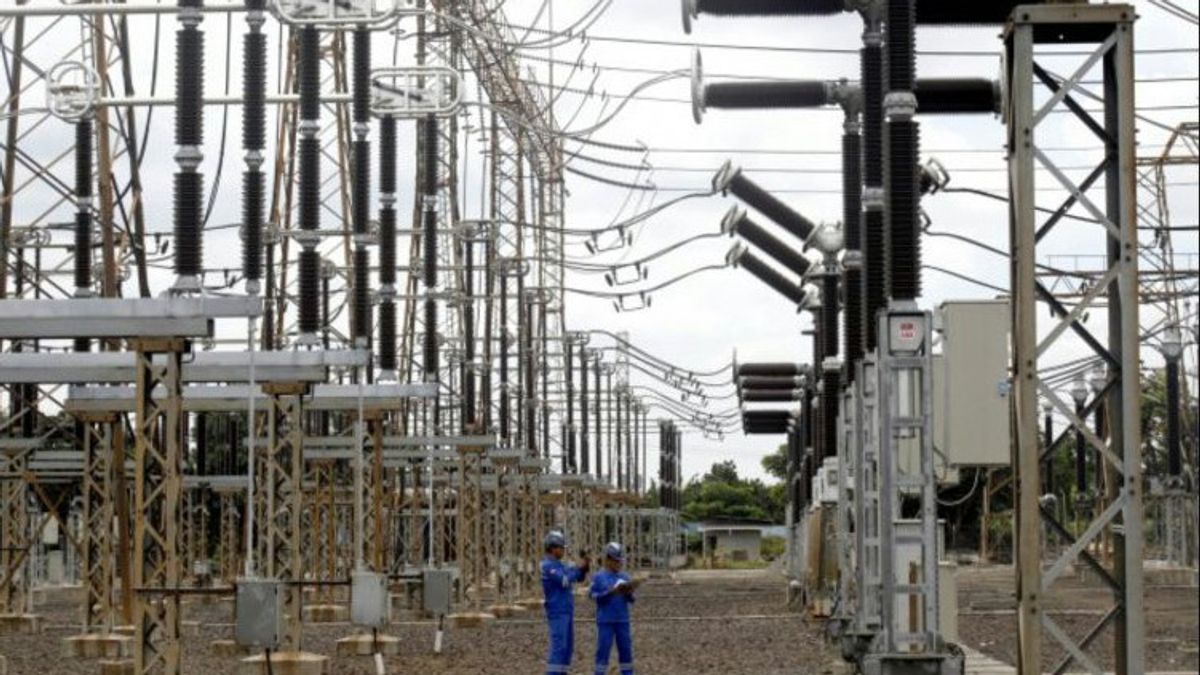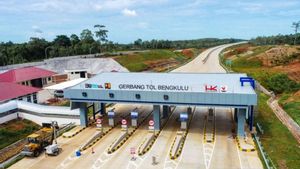JAKARTA - PLN President Director Darmawan Prasodjo said amid rising world oil prices, energy transition from import-based energy to domestic energy is a strategic step that must be taken immediately.
Besides being able to reduce the use of fuel, this program can also save the country's foreign exchange. The dedieselization program is also PLN's first step in the process of converting around 5,200 diesel power plants (PLTD) which are currently still operating.
"PLN continues to be committed to making a clean energy transition in the country as an effort to create a better future. In addition, this is also a support for Indonesia's commitment as the host of the G20 Summit to realize net zero emissions in 2060," said Darmawan in his remarks in Renewable Energy technology As Driver For Indonesia'S Dedieselization event, Wednesday, March 23.
Currently, PLN is opening an auction for replacing PLTD into a solar power plant (PLTS) and batteries. PLN will convert up to 250 megawatts (MW) of PLTD spread across a number of locations in Indonesia.
Later, this PLTD will be replaced using a baseload PLTS, which means there is an additional battery so that the generator can run 24 hours. PLN encourages participants to increase innovation so as to create efficient batteries that have reliable operation.
"So which technology is the most reliable and efficient is the best. So that wins. This builds innovation," said Darmawan.
With the conversion to PLTS and batteries, the installed capacity in this first stage can reach around 350 MW. So that it can boost the renewable energy mix and increase the installed capacity of national generators.
In phase two, PLN will convert the remaining PLTD of about 338 MW with other EBT plants, in accordance with the natural resources that are superior in the area and the best economy.
Darmawan also explained that this project is targeted to be completed in 2026.
"This dedieselization program can save 67 thousand kiloliters of fuel. In addition, the emission reduction achieved can reach 0.3 million metric tons of CO2 and increase 0.15 percent of the energy mix," he explained.
Along with technological developments, Darmawan believes that the production costs of EBT plants in Indonesia will be more competitive compared to fossil plants.
This can be seen from the continued decline in the price of PLTS and batteries. In 2015 the price of PLTS was set at 25 US cents per kilowatthour (kWh). However, currently, the price of PLTS can be reduced to around 5.8 US cents per kWh, even with the current trend of falling below 4 US cents per kWh.
Meanwhile, today's battery costs US$13 cents per kWh, which was previously US$50 cents per kWh. This means that there is a cost reduction of almost 80 percent.
"Technology developments and innovations are able to reduce the price of EBT plants. This answers the dilemma between clean but expensive energy or dirty but cheap energy. This can be answered, that within a period of time clean and cheap energy can be achieved," said Darmawan.
Not only converting PLTD to PLTS and batteries, PLN has also collaborated with PT Perusahaan Gas Negara (PGN) Tbk to convert 33 PLTDs to gas-based ones, especially in remote areas.
"Several PLTDs, which are being worked on this year with PGN, have replaced PLTDs into gas-steam power plants (PLTGU). This gasification program targets remote areas," said Darmawan.
In the company's Work Plan and Budget (RKAP) for PLN 2022, the energy mix from gas plants at the end of the year is planned to be 18.76 percent from 18.1 percent in February 2022. This addition comes from the PLTD dedieselization program which currently dominates the region. Nusa Tenggara with a share of 65 percent, and Maluku and Papua with a share of 85.9 percent.
The English, Chinese, Japanese, Arabic, and French versions are automatically generated by the AI. So there may still be inaccuracies in translating, please always see Indonesian as our main language. (system supported by DigitalSiber.id)










